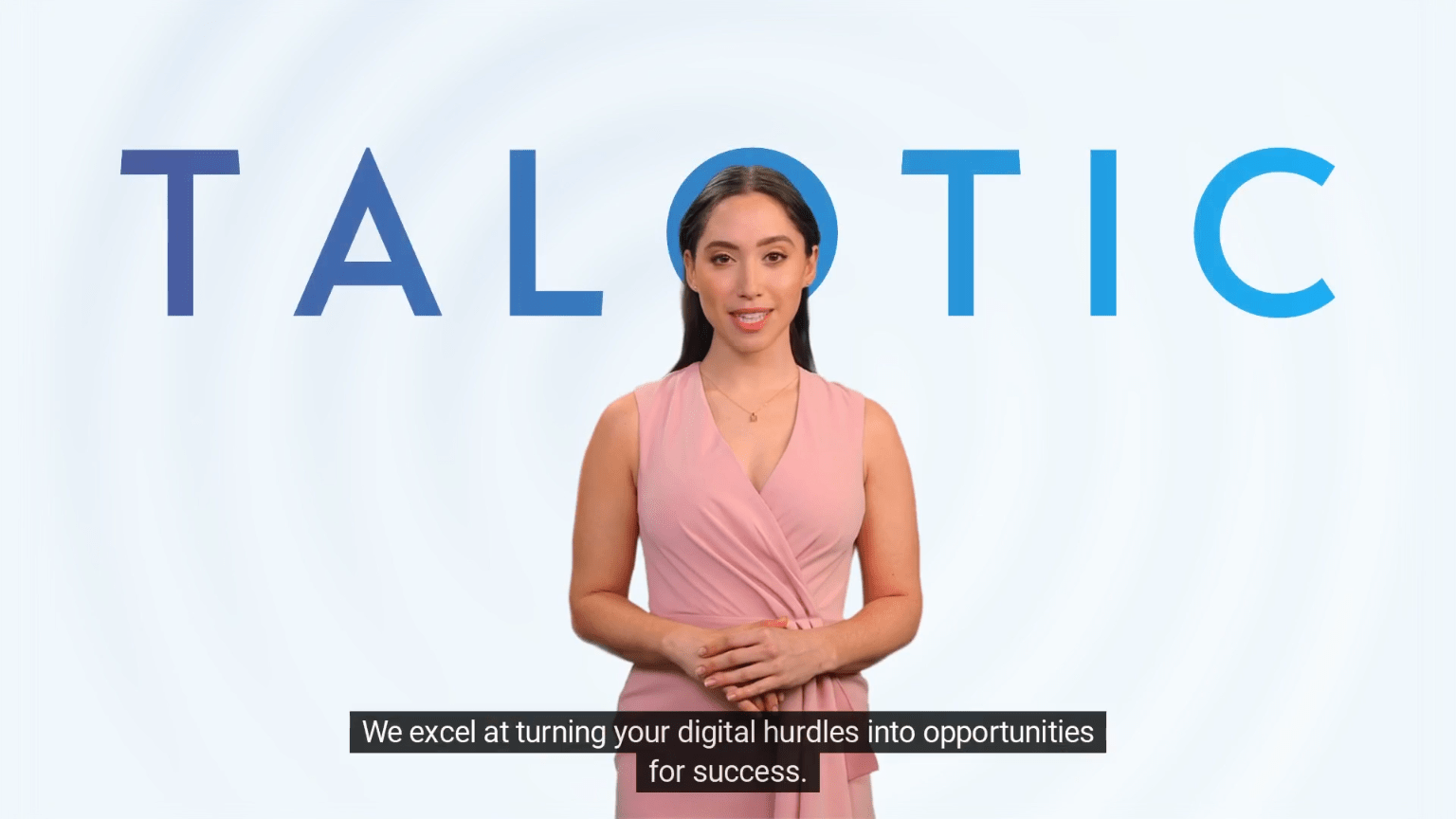The landscape of technology is evolving at an unprecedented rate, with advancements that are set to redefine industries globally. Among the most transformative innovations is the development of humanoid robots, which are poised to revolutionize sectors from construction to healthcare. Recently, Agibot, a Shanghai-based start-up led by Peng Zhihui, unveiled a new generation of humanoid robots that exemplify the potential of this technology. This blog post delves into the significance of these advancements and explores their broader impact on various industries.
The Technology Behind Agibot’s Innovation
Humanoid robots are designed to mimic human movements and interactions, making them highly adaptable to a wide range of tasks. Agibot’s Yuanzheng A2, for instance, is equipped with advanced artificial intelligence and sensors that allow it to perform complex operations with remarkable precision. From threading a needle to handling industrial tools, the capabilities of these robots highlight the sophisticated technology that drives them.
The integration of AI into humanoid robots is what sets them apart from traditional automation. These robots can process visual, auditory, and textual information, enabling them to make decisions and adapt to their environment in real time. This level of intelligence opens up new possibilities for automation in sectors that require both dexterity and cognitive processing.
Impact on Key Industries: A Visionary Outlook
Construction: Imagine construction sites where humanoid robots not only perform repetitive tasks but also autonomously manage entire projects. These robots could analyze blueprints, plan logistics, and adapt to unforeseen challenges, reducing the need for human oversight. In the future, humanoid robots could collaborate with AI-driven design tools to create and construct buildings that are more efficient, sustainable, and tailored to the needs of their occupants—paving the way for smart cities built from the ground up by machines.
Manufacturing: The future of manufacturing lies in hyper-customization, and humanoid robots will be at the forefront of this revolution. These robots could work in tandem with AI systems to produce highly personalized products on demand, managing everything from design tweaks to real-time quality control. As manufacturing shifts towards smaller, decentralized units, humanoid robots could operate micro-factories that bring production closer to consumers, reducing costs and environmental impact while meeting the growing demand for personalized goods.
Healthcare: The integration of humanoid robots in healthcare could lead to a new era of precision medicine and personalized care. Beyond routine tasks, these robots could assist in advanced diagnostics, surgical procedures, and patient rehabilitation, adapting their approach based on real-time data and individual patient needs. As healthcare becomes more data-driven, humanoid robots could play a crucial role in monitoring patients’ health, predicting medical conditions before they arise, and providing continuous care in home settings—bridging the gap between hospitals and everyday life.
Logistics and Retail: The future of logistics and retail could see humanoid robots transforming the supply chain into a seamless, autonomous ecosystem. These robots could manage everything from production to last-mile delivery, utilizing AI to predict consumer demand, optimize routes, and even engage with customers in personalized ways. In retail, humanoid robots might go beyond managing stock or assisting with sales; they could become personal shopping assistants, guiding consumers through their choices based on real-time insights and preferences, creating a more tailored and interactive shopping experience.
Agriculture: Looking ahead, humanoid robots could revolutionize agriculture by creating fully autonomous farms. These robots could work together as part of an interconnected system, monitoring soil health, weather conditions, and crop growth in real-time, and adjusting their actions to optimize yield and sustainability. Future humanoid robots might even engage in selective breeding programs, genetic modification, and advanced plant cultivation techniques, leading to the creation of super-crops designed to withstand climate change and feed a growing global population.
Humanoid robots represent more than just advanced machinery—they are harbingers of a future where industries are reimagined, and possibilities are expanded. As AI and robotics continue to evolve, the potential applications of humanoid robots will extend far beyond what we can currently conceive. From self-sustaining construction projects to personalized healthcare and autonomous farming, the future is about unlocking new levels of efficiency, creativity, and sustainability across all sectors.
Challenges and Opportunities
While the potential of humanoid robots is immense, there are challenges that need to be addressed to fully realize their benefits. These include the high costs associated with developing and deploying such advanced technology, as well as the need for robust regulatory frameworks to ensure safety and ethical use. Additionally, businesses must consider how to integrate these robots into their existing operations without disrupting workflows or alienating employees.
However, the opportunities presented by humanoid robots far outweigh the challenges. As the technology becomes more accessible and affordable, we can expect to see widespread adoption across various industries. Companies that are early adopters of humanoid robots will likely gain a competitive edge, as they will be able to leverage the efficiencies and innovations these robots bring to the table.
Embracing the Future of Technology
The advancements in humanoid robotics, as demonstrated by Agibot’s latest developments, signal a new era in technology. As these robots begin to integrate into various industries, the possibilities for innovation are endless. At Talotic, we are committed to staying at the forefront of technological trends, helping our clients navigate and embrace the opportunities that come with such rapid advancements.
The future of technology is here, and humanoid robots are just one example of how innovation is transforming industries. As we continue to explore the implications of these technologies, we’re excited to see how they will shape the world of tomorrow.
Stay informed on the latest trends in technology and innovation by following our blog. Contact us to learn more about how Talotic can help your business leverage cutting-edge digital solutions to stay ahead of the competition.
